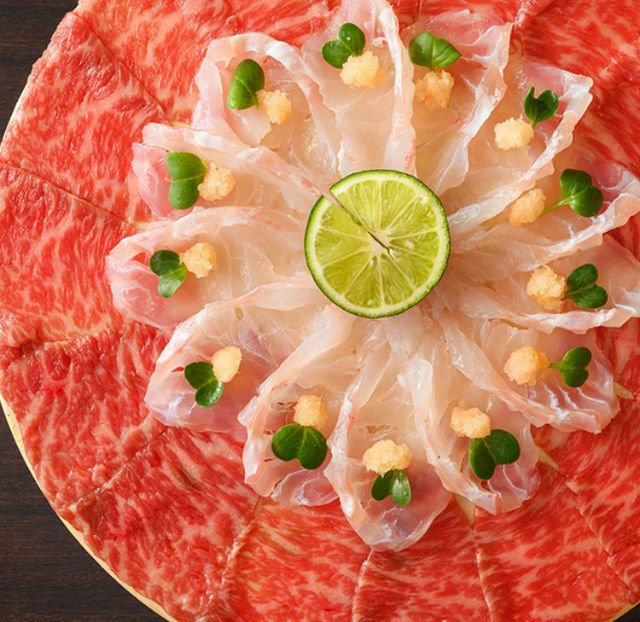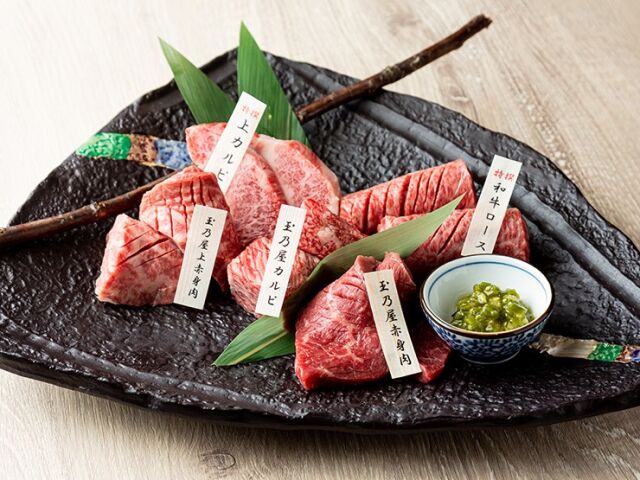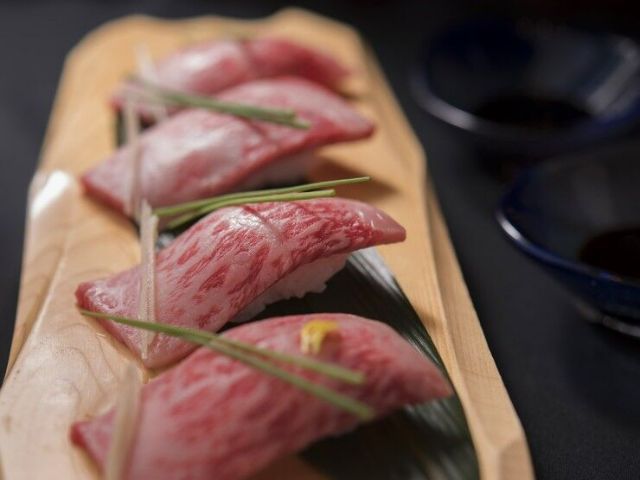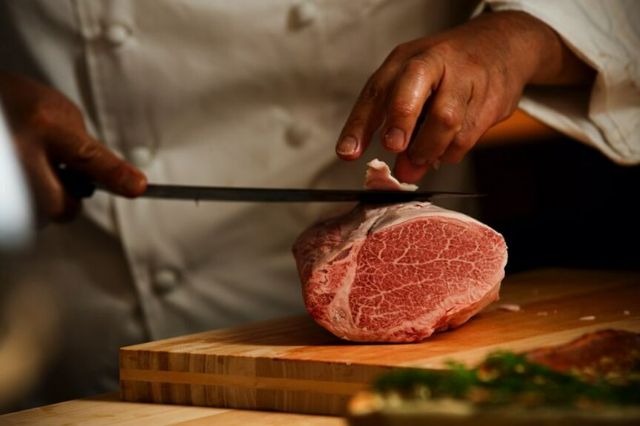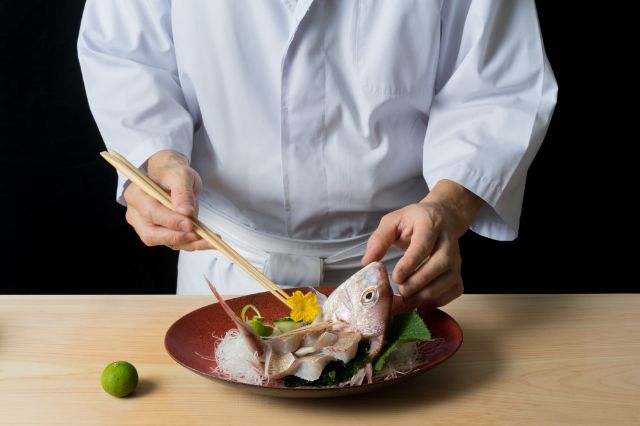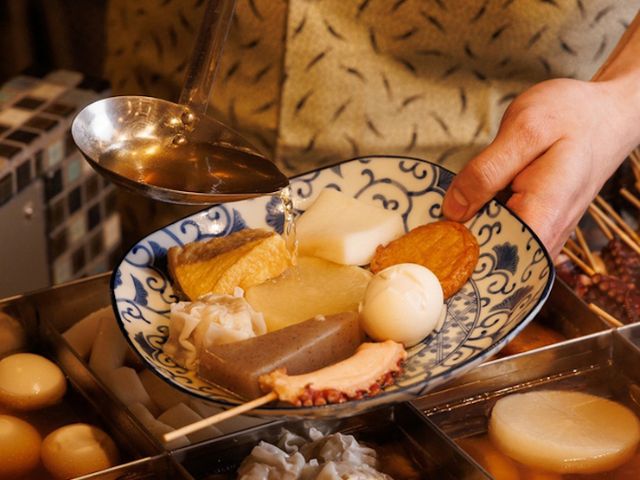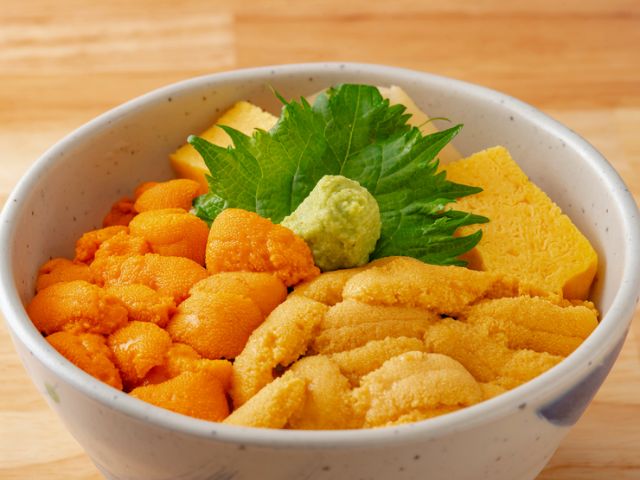The Perfect Guide to High-Quality Japanese Wagyu Beef Brands: History, Regions, Restaurants, and More!
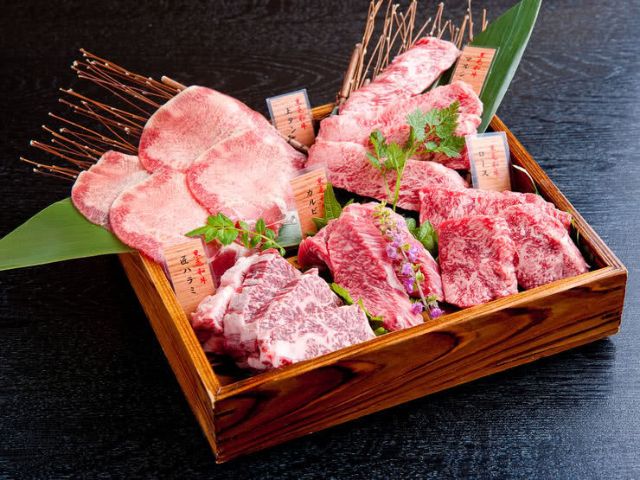
What Is Wagyu? History, Breeds, and Culture
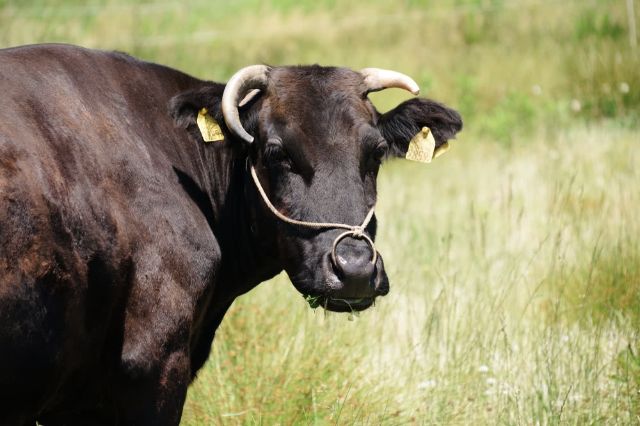

What Makes Wagyu Beef Unique?
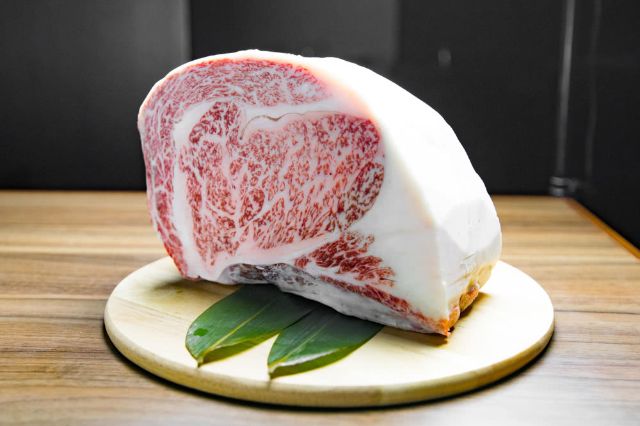
Since good-quality wagyu beef will have a marbled fat quantity of around 25%, compared to the 6-8% required for USDA Certified Prime beef, wagyu may seem like a worryingly rich dish. As indulgent as it is, studies have found that the monounsaturated fat found in wagyu beef is the heart-healthy, monounsaturated type that lowers bad cholesterol and delivers important fatty acids like omega-3. So, don't hesitate to give wagyu beef a try.
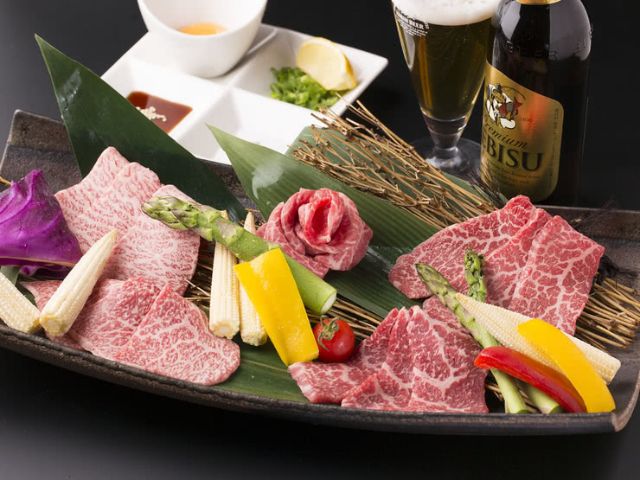
The Wagyu Beef Grading System Explained
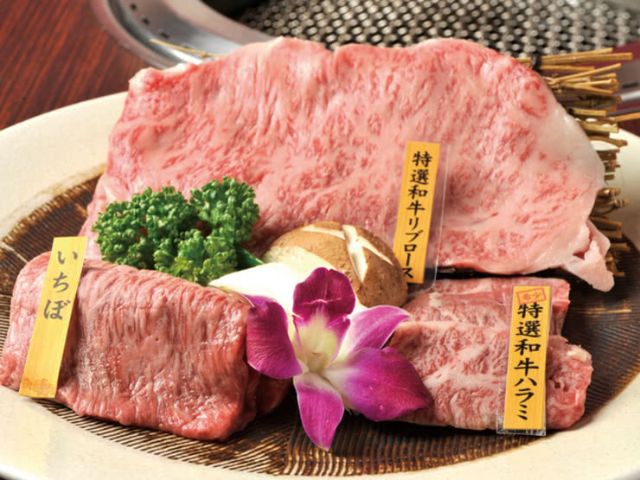
Wagyu beef grading is standardized by the Japanese Meat Grading Association, under which rank is determined by a number of factors. Wagyu beef grades are divided up into two factors: a letter grade (A to C) and a number grade (1 to 5).
The letter grade indicates the yield of the beef: that is, how much good-quality meat can be obtained from a given part. While you might think that that is more of the concern of the farmer than the customer, this yield does give us an indication of how well the cattle was raised.
The number in the ranking is determined by three factors, which are all judged visually: the color of the meat, the firmness and delicacy of its texture, and the color of the fat. Ideally, the meat will be a vivid red with pure white fat. Each of these factors are graded on a scale of 1 to 5, with one being poor and five being excellent.
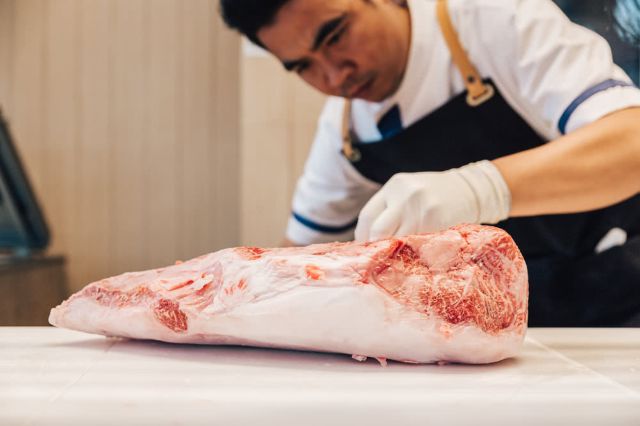
The final grade of the meat is determined by the letter score and the lowest of any of the four above categories. In other words, every element of the meat has to be perfect to earn a coveted A4 or A5 wagyu rank!
Famous Wagyu Beef Brands
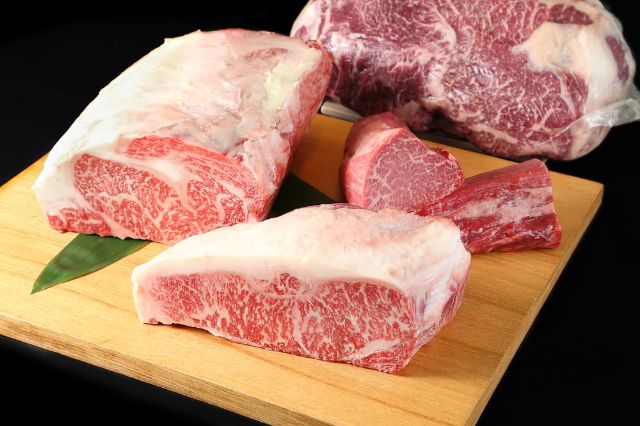
Kobe beef comes from Tajima cattle, a variety that has been bred for work in the mountainous Tajima area since medieval times. Today, true Kobe beef must have been born and raised in Hyogo Prefecture from Tajima cattle. Kobe beef is known for the sweetness of its fat that elevates the rich umami flavors of the meat.
Omi beef comes from the Omi region around Japan’s biggest lake, Lake Biwa, in Shiga Prefecture. This variety of wagyu beef has some of the longest history in Japan: although beef was not a common food in Japan prior to the Meiji period, records exist of this meat being presented to important shoguns as far back as the late 1500s. This meat was also marinated in miso and sold as a medicine in the area as early as the Edo period. The rich natural environment fed by the clean waters of Lake Biwa produces healthy, well-fed cattle that produce a uniquely finely-textured, aromatic wagyu beef.
Local Wagyu Beef Brands You Shouldn't Overlook!
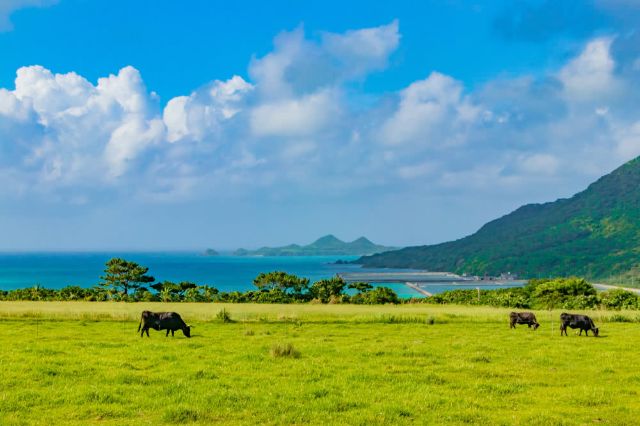
Ishigaki beef from Japan’s southern islands, Okinawa, is known for its deliciously tender texture thanks to the fact that its fat melts at a lower temperature than other varieties. Okinawa’s warm, sunny climate and wide open spaces also allows cows to enjoy plenty of time outdoors, and the farmers here are known for carefully guarding the details of their high-quality feed blends.
Where to Eat Wagyu Beef in Japan?
Shabuzen Shibuya Branch
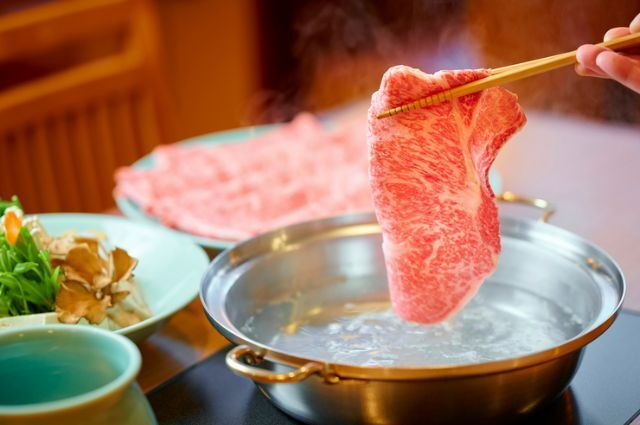
Shabuzen Shibuya Branch
Closed: None
Average price: [Dinner] 7,000 JPY
Access: 8 minutes walk from Hachiko Exit of Shibuya Station on the Yamanote Line, 8 minutes walk from Yoyogi-Hachiman Station on the Odakyu Odawara Line, 5 minutes by car from Harajuku Station on the Yamanote Line
Address: B1F, Shibuya Creston Hotel, 10-8, Kamiyama-cho, Shibuya-ku, Tokyo Map
Gyunikuzushi Kintan
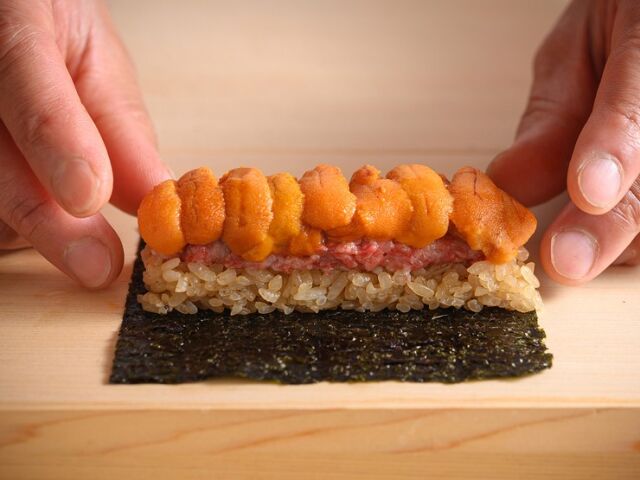
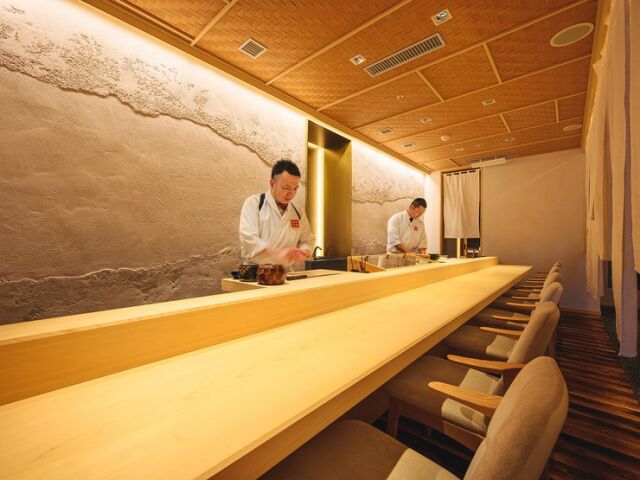
Gyunikuzushi Kintan
Closed: Monday
Average price: [Dinner] 16,000 JPY / [Lunch] 5,000 JPY
Access: 6-minute walk from CI Exit of Ginza Station on Tokyo Metro Ginza Line / Hibiya Line / Marunouchi Line, 6-minute walk from Ginza Exit of Shimbashi Station
Address: 3F, FPG links GINZA Corridor, 8-2-16, Ginza, Chuo-Ku ,Tokyo
Kobe and Hyogo Region Wagyu Beef
KOBE BEEF YAMATO
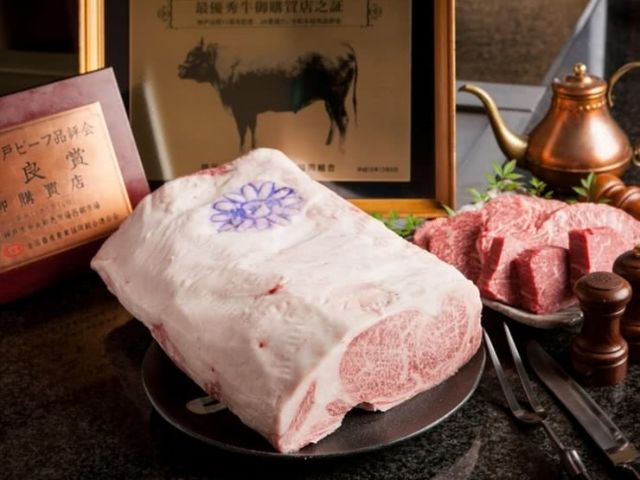
KOBE BEEF YAMATO
Closed: Sunday
Average price: [Dinner] 7,000 JPY
Access: Approximately 150 meters, 2 minutes walk from [Motomachi Station] on Hanshin Main Line
Address: 7F, Yasutaka Bldg., 3-3-5 Kitanagasa-dori, Chuo-ku, Kobe, Hyogo Map
More Details Reservation
Teppan-yaki Kokoro
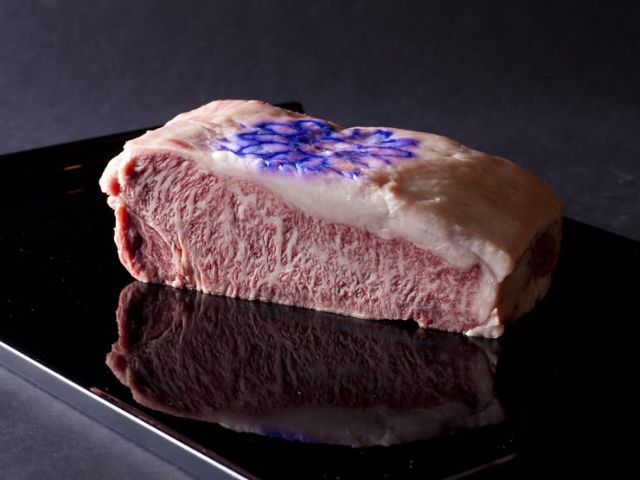
Teppan-yaki Kokoro
Closed: None (excludes events and private parties)
Average price: [Dinner] 15,000 JPY / [Lunch] 5,000 JPY
Access: Ten minutes by taxi (about 1,000 yen) from JR Sannomiya Station and Hankyu, Hanshin, and Subway Sannomiya Station.
Address: 2F, Hotel La Suite Kobe Harborland, 7-2 Hatoba-cho, Chuo-ku, Kobe, Hyogo Map
More Details Reservation
Matsusaka Beef (Mie)
Matsuzaka-gyu Ganso Wadakin
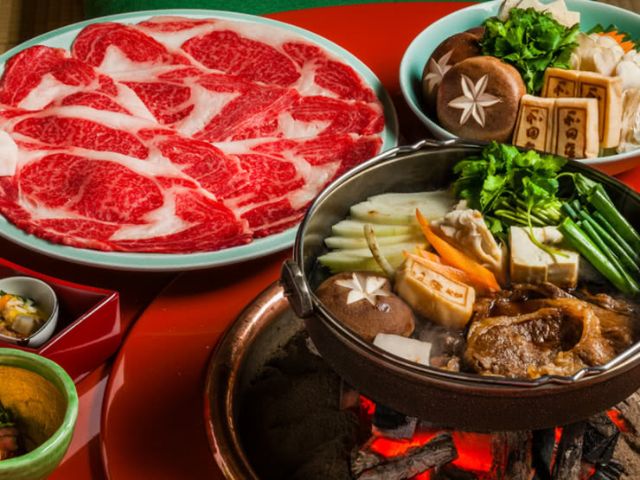
Matsuzaka-gyu Ganso Wadakin
Closed: On every fourth Tuesday (varies by month)
Average price: [Dinner] 10,000 JPY
Access: 428 meters from Matsusaka Station of JR Kisei Main Line and Meisho Line, and Kintetsu Yamada Line.
Address: 1878, Nakamachi, Matsusaka, Mie Map
More Details Reservation
Yonezawa Beef (Yamagata)
Kato Beef GINZA

Kato Beef GINZA
Closed: Sunday
Average price: [Dinner] 20,000 JPY
Access: Three minute walk from Tokyo Metro Ginza Line, Hibiya Line & Marunouchi Line Ginza Station
Address: 1F, Toni Bldg., 6-4-15, Ginza, Chuo-ku, Tokyo Map
More Details
Ishigaki Beef (Okinawa)
Ishigaki Beef Charcoal-Grilled Yakiniku - Yamamoto
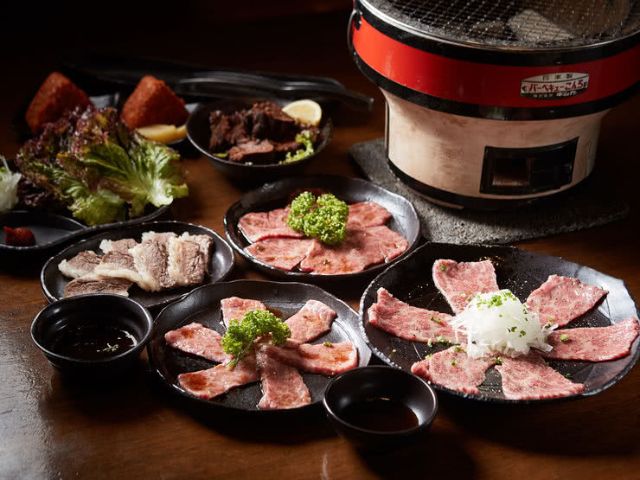
Ishigaki Beef Charcoal-Grilled Yakiniku - Yamamoto
Closed: Wednesday
Average price: [Dinner] 6,000 JPY
Access: 10 minutes walk from the bus terminal
Address: 2-5-18, Hamasaki-cho, Ishigaki, Okinawa Map
More Details
Where to Go for Yakiniku in Tokyo?
>>Top 30 Yakiniku Restaurants in Tokyo For Enjoying Delicious Wagyu
Disclaimer: All information is accurate at time of publication.
Thank you for reading our article.
Our goal is to take your culinary journey to the next level by helping you find the best restaurant. With SAVOR JAPAN, you can search and make reservations for
the Teppanyaki restaurants found in and around that fill your needs.
Discover more Teppanyaki restaurants by area
- Tokyo Area
- Near Tokyo
- Kyoto and Osaka Area
- Hokkaido Area
- Northern Honshu (Tohoku)
- Central Honshu (Chubu)
- Western Honshu (Chugoku)
- Shikoku
- Kyushu
- Okinawa and Ryukyu Islands
Discover more restaurants to eat Japanese Cuisine by area
Keywords
Related Articles
New Articles
Categories
Cuisine
- Bars (23)
-
Japanese Cuisine (676)
- Kaiseki (46)
- Nabe (19)
- Okonomiyaki (24)
- Shabu Shabu (36)
- Soba (17)
- Sushi (137)
- Tempura (18)
- Teppanyaki (46)
- Shojin Ryori (3)
- Tonkatsu (12)
- Kushiyaki (10)
- Yakitori (46)
- Sukiyaki (35)
- Japanese Cuisine (341)
- Oyster (2)
- Sashimi/ Seafood (19)
- Unagi (eel) (30)
- Motsu Nabe (offal hotpot) (6)
- Mizutaki (chicken hot pot) (3)
- Oden (8)
- Kaisendon (seafood bowl) (9)
- Udon (2)
- Taverns(Izakaya) Cuisine (125)
- Western Cuisine (42)
- Italian/French Cuisine (95)
- Yakiniku/Steak (225)
- Chinese Cuisine (26)
- Ramen (Noodles) Cuisine (26)
- Cafe/Sweets (60)
- Other Asian Cuisine (5)
- Global/International Cuisine (7)
- Alcohol (45)
- Other (11)
Area
- Shikoku (10)
- Kyoto and Osaka (345)
-
Tokyo (460)
- Tokyo (286)
- Ginza (44)
- Roppongi (22)
- Shibuya (26)
- Shinjuku (47)
- Asakusa (20)
- Ebisu (12)
- Tsukiji (10)
- Tokyo Landmarks (4)
- Ueno (24)
- Akihabara (9)
- Ikebukuro (12)
- Jiyugaoka, Denenchofu, Nakameguro (9)
- Shimokitazawa (4)
- Kichijoji (3)
- Tachikawa (1)
- Omotesando, Harajuku, Aoyama (18)
- Akabane (1)
- Kagurazaka (4)
- Akasaka (10)
- Odaiba (1)
- Tsukishima, Harumi, Toyosu (3)
- Near Tokyo (100)
- Okinawa and Ryukyu Islands (58)
- Hokkaido (124)
- Northern Honshu (Tohoku) (31)
- Central Honshu (Chubu) (144)
- Western Honshu (Chugoku) (32)
- Kyushu (92)
Archives
- December 2025(9)
- November 2025(4)
- October 2025(3)
- September 2025(6)
- August 2025(11)
- July 2025(19)
- June 2025(18)
- May 2025(34)
- April 2025(43)
- March 2025(30)
- February 2025(36)
- January 2025(26)
- December 2024(69)
- November 2024(31)
- October 2024(15)
- September 2024(39)
- August 2024(65)
- July 2024(31)
- June 2024(54)
- May 2024(61)
- April 2024(28)
- March 2024(31)
- February 2024(42)
- January 2024(32)
- December 2023(20)
- November 2023(5)
- October 2023(11)
- September 2023(7)
- August 2023(18)
- July 2023(8)
- June 2023(8)
- May 2023(18)
- April 2023(15)
- March 2023(1)
- January 2023(1)
- April 2022(2)
- March 2022(2)
- February 2022(1)
- January 2022(1)
- July 2021(1)
- March 2021(1)
- February 2021(1)
- December 2020(1)
- October 2020(1)
- September 2020(2)
- August 2020(10)
- July 2020(6)
- June 2020(9)
- May 2020(11)
- April 2020(8)
- March 2020(8)
- February 2020(13)
- January 2020(9)
- December 2019(24)
- November 2019(8)
- August 2019(14)
- July 2019(15)
- June 2019(18)
- May 2019(17)
- April 2019(16)
- March 2019(22)
- February 2019(22)
- January 2019(26)
- December 2018(34)
- November 2018(40)
- October 2018(32)
- September 2018(11)
- August 2018(8)
- July 2018(6)
- June 2018(9)
- May 2018(10)
- April 2018(21)
- March 2018(74)
- February 2018(39)
- January 2018(26)
- December 2017(60)
Keywords
- Omakase
- Accessible
- Affordable
- All-You-Can-Eat
- Amazing Scenery
- anime
- Art
- Autumn
- Awards
- Beer Gardens
- Breakfast
- Chef Recommendations
- Cherry Blossoms
- Chinese
- Close To Station
- Condiments
- Counter
- Coupon
- Crab
- Culture
- Dassai
- Dates
- delivery
- Early Summer
- Editor's Recommendation
- English Available
- Event
- Expo
- Fall Leaves
- Family-Friendly
- Famous Restaurant
- Famous Tourist Spot
- Fast Food
- festival
- fireworks
- Flower Farm
- Free Wi-Fi
- French
- Great Location
- Guide
- Hibachi
- hotpot
- How To
- hydrangea
- Hygiene
- Illumination
- Italian
- Izakaya
- Japanese
- Japanese alcohol
- jingisukan
- Kaiseki
- Kappo
- Kushiage
- Kushikatsu
- Kyoto
- Late-Night
- Lunch
- Manners
- matsusakagyu
- Michelin
- mizutaki
- Model Course
- monjayaki
- motsunabe
- Mt.Fuji
- Multilingual Menus
- Nabe
- Narita Airport
- New Year
- Ninja
- Noodle
- Oden
- Okonomiyaki
- omotenashi
- Onsen
- Osaka
- Osaka Station
- Photogenic Site
- pizza
- PR
- Private Room
- Ramen
- ranking
- Recipe
- Regional Cuisine
- Resort
- Rice Bowl Dish (Donburi)
- sacred places
- Sake
- Sakura
- Sashimi
- sea urchin
- Setouchi Area
- Shabu Shabu
- sightseeing
- Signature Dish
- Soba
- Solo Diners Welcomed
- Spicy Food
- Spring
- Steak
- Summer
- Sunflower
- Sushi
- takeout
- Teppanyaki
- Terrace Seating
- Tokyo
- Tokyo Experiences
- Tokyo Skytree
- Tokyo Tower
- unagi
- UNESCO
- Vegan
- Vegetarian
- Wagyu
- What Popular Gourmet Sites Recommend
- Whisky
- Wine Bar
- Winter
- Wisteria
- Workshop
- World Heritage Site
- World Writers
- Yakiniku
- Yoshoku
- Yuba
- Zen
Discover Restaurants By Area
-

Tokyo Area
Japan's largest city, Tokyo, is the center of culinary culture in Japan. Countless Tokyo restaurants serve every kind of food imaginable and the Toyosu fish market keeps restaurants stocked with the nation's finest fish.
-

Near Tokyo
Coastal areas, mountains and valleys surrounding Tokyo are bursting with tourist destinations, such as hot springs and ski slopes, where many unique foods are only available locally.
-

Kyoto and Osaka Area
The cities of Kyoto and Osaka, together with their surrounding areas, have greatly influenced Japan's culinary culture since the 7th Century. The region is renowned for its entertainment, Kobe beef, and wide-ranging traditional dishes.
-

Hokkaido Area
The island of Hokkaido is home to wide-ranging produce of the finest quality, such as rice, meat, vegetables, fish and fruit. Popular dishes from Hokkaido include robatayaki (food slowly roasted on skewers) and Sapporo miso ramen.
-

Northern Honshu (Tohoku)
The northern end of Japan's main island, Honshu, is renowned for its seasonal fruit and vegetables, nation-leading harvest of fish (especially tuna from Ohma), and delicious beef from Yonezawa, Sendai and Yamagata.
-

Central Honshu (Chubu)
Chubu is in the center of Japan's main island, Honshu, and its culinary culture reflects its position between Japan's western and eastern halves. Delicious Hida beef, world-famous Mount Fuji and many acclaimed sake breweries are in Chubu.
-

Western Honshu (Chugoku)
Chugoku, on the southwest of Japan's main island, is rich with diverse produce. Many of its products are praised as Japan's best, including Matsuba crabs from Tottori and oysters from Hiroshima. Its pears and muscats are also top grade.
-

Shikoku
The mild climate of Shikoku is ideal for growing citrus fruit such as sudachi. Shikoku is also famous for Sanuki udon noodles, huge yields of tiger prawn from Ehime Prefecture and the best torafugu (tiger globefish) in the country.
-

Kyushu
Western culture was first introduced to Japan through Kyushu, Japan's third largest island, where the influence of Portuguese and other western cuisine influenced the creation of a colorful culinary tradition.
-

Okinawa and Ryukyu Islands
Okinawa, Japan’s southernmost prefecture, is a treasure trove of distinctive dishes and drinks that have become popular throughout Japan, including Okinawa soba, unique sushi toppings and Awamori distilled liquor.
